Mike Nelson draws on agricultural roots of Parma palace in visceral exhibition
Mike Nelson’s site-specific installation, ‘The House of the Farmer’ blends the historical design codes of the Palazzo dell’Agricoltore with natural materials
Lucio Rossi - Photography
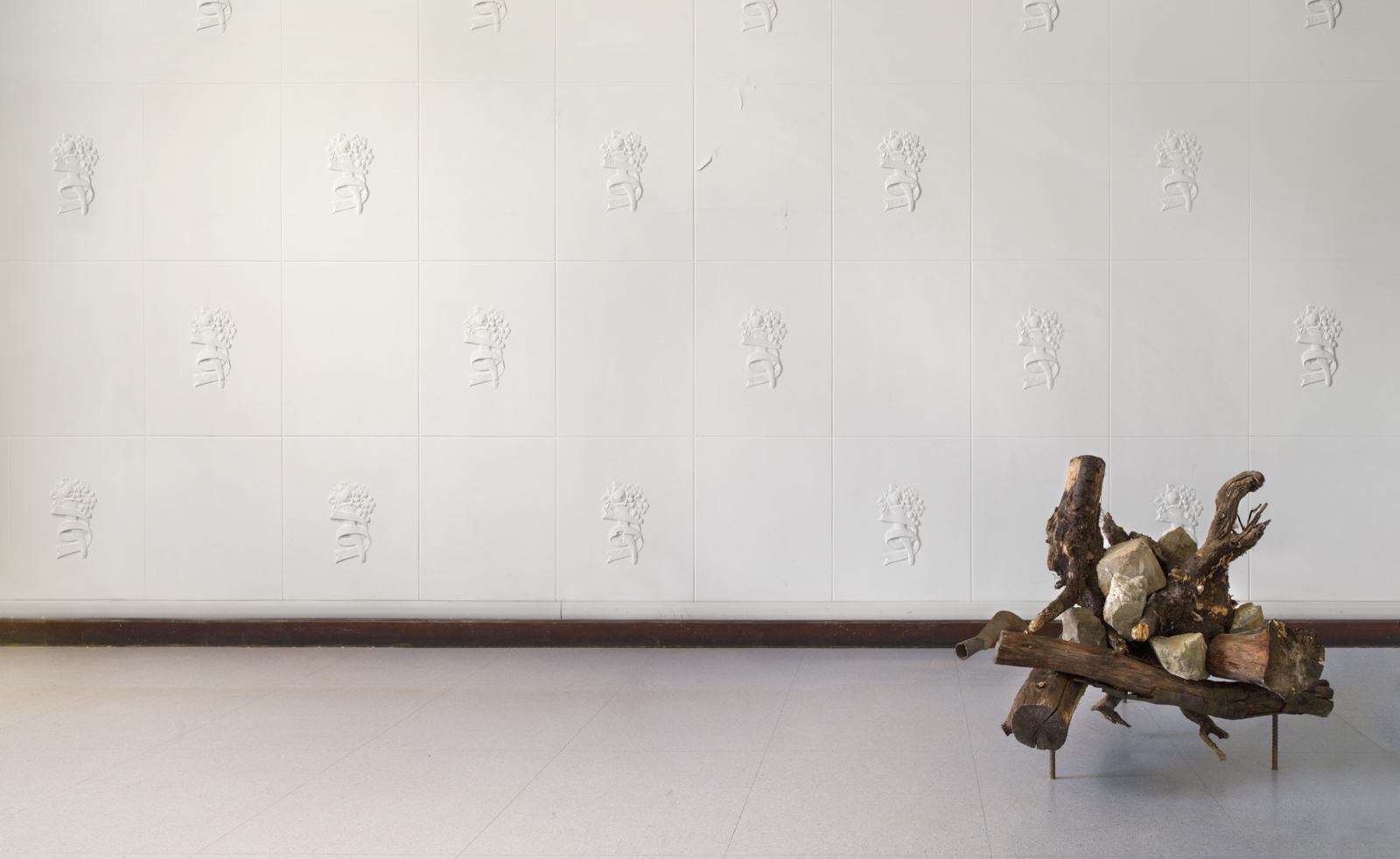
Contemporary British artist Mike Nelson is inspired by his environment for site-specific installations that invite the viewer to immerse themselves in his labyrinthic worlds. In ‘The House of the Farmer’, a project curated by Didi Bozzini, Nelson draws on the historical design codes of the Palazzo dell’Agricoltore in Parma, Italy, in a corporeal juxtaposition of bureaucracy and wildness.
The exhibition, on show until 12 June, encompasses all floors of the building in a vast consideration of both the palace’s social history and its viscerality, with raw materials drawing parallels between the natural and manmade worlds.
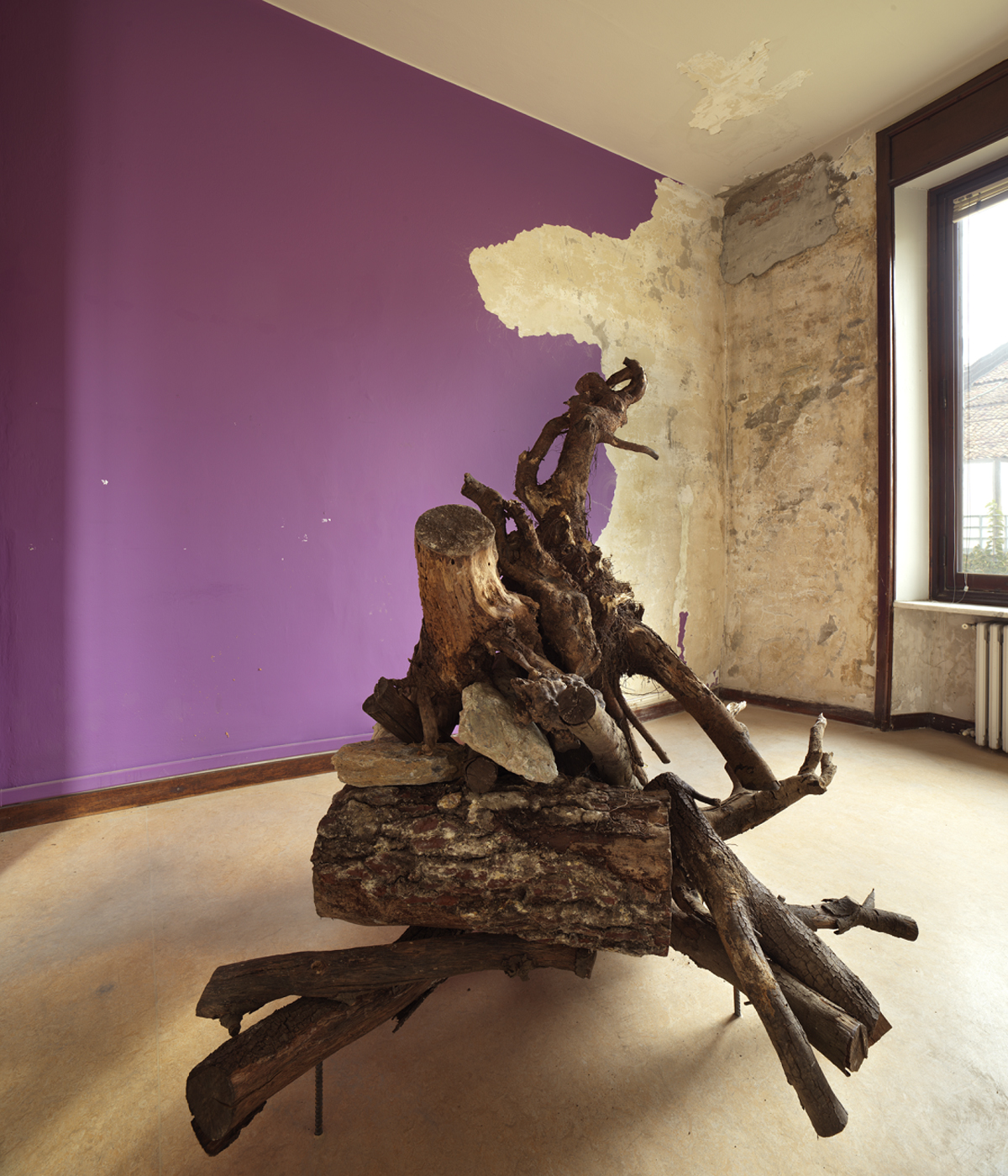
‘I was keen to evoke, or perhaps invoke, the histories of the building, and the rural site of clearance, bringing to the fore aspects of their past and present,' says Nelson. ‘The historical dissection of a known history - that of Italian Fascism in the Thirties, juxtaposed with the raw but largely unseen history of the trees and rocks, their past evident in their growth and the visible violence of their removal. Fascist architecture is sometimes described as rationalist, and it is this rationalism that I think played a strong role in the communication of the work: it became increasingly evident as I made the work that the twisted roots and branches piled up with rocks had a strong relationship to the folkloric, to a ritualistic drive to mark time and space.'
‘This impulse historically has been underpinned by such forces as magic, witchcraft, religion. It struck me that this inhabitation could be seen as an expression of the irrational, a fear of the unseen. In a world where there is a political shift away from democracy - and where it remains democratic a shift to the right - the idea of a conflict between the rational, and its extremity as represented by fascism, and the irrational in an era of misinformation formed from the conspiratorial seemed highly pertinent.'
The agricultural roots of the building, which was constructed in 1939, formed the key inspiration for Nelson. Under a fascist government, the palace became a hub for those organising agricultural endeavours, and its status as a cultural centrepoint is again emphasised here. Nature’s integral role is translated into installations that sit throughout the palace, their organic forms in dialogue with the building’s ornate design codes.
The natural materials used in the installations are taken from land cleared for the purpose of easing the agricultural process; tenacious materials such as rocks, tree trunks and branches draw tangible connections between the natural and the cultural.
‘There is something very visceral about the “clearing” of a space,’ says Nelson, who created a sculptural collage of Britain’s industrial age for Tate Britain’s annual commission in 2019. ‘The objects take on a particular urgency or importance that had lain dormant hitherto. The ripping and taking from the countryside could be seen, or felt, as a brutal gesture somewhat in keeping with the building’s relationship to a totalitarian past. It could also be a reminder of the dehumanisation of agriculture by mechanisation through the 20th century and the environmental ills that have come along with that.’
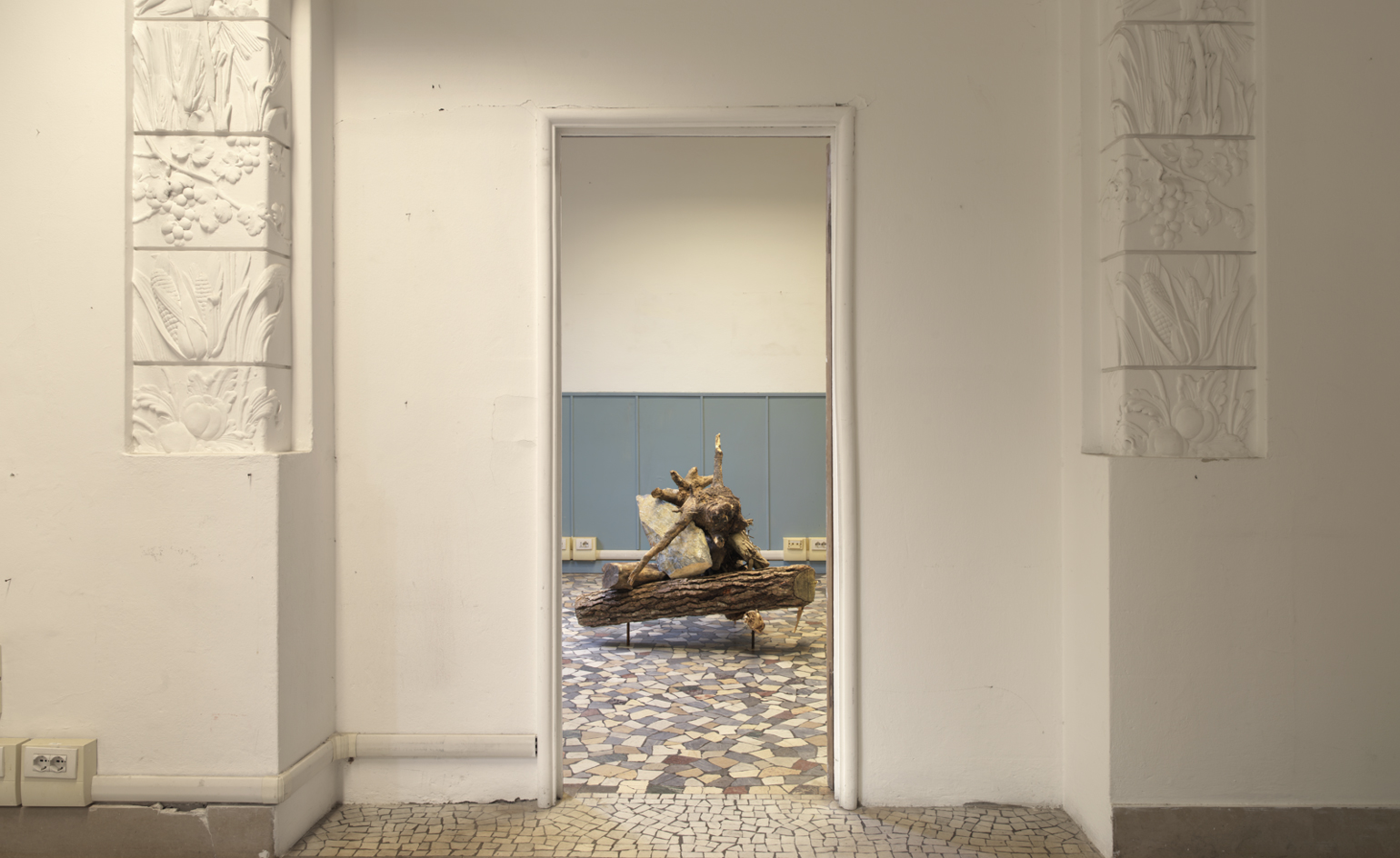
The exhibition marks a new era for the palace itself, which is set to undergo a transformation that will rethink the building’s role in society. There are plans to turn it into a hotel, with co-working, retail and cultural space – a hub of local regeneration.
'I was inspired primarily by the sense of scale and positioning in the town, coupled with its history in regard to Agriculture which was evident in the plaster reliefs and the occasional mural in the building,' Nelson tells us. 'This led me to consider the equation of its square meterage to wild or agricultural land: 1.6 acres approximately, as the building emanates the sense of an era when the relationship of the populace to the land was reimagined. I then imagined this piece of land, its transformation into farmland. I recollected the large piles of rocks and tree roots that I had often admired gathered in the fields in sculptural piles, and it occurred to me that these objects might form the sculptures that could ‘inhabit’ the building.'
‘The bringing back of these natural forms, ostracised because of their obstruction of agriculture, seems strangely poignant in such a building,’ he adds. ‘Artistically, the natural forms [are] framed against the severe and brutal lines of the building’s architecture; the marble veneers and floors will gaze upon and support their unruly relatives – the rocks strewn across the floor. Whilst the heavy wooden doors will act as guards to the twisted boughs and roots of trees.’
Receive our daily digest of inspiration, escapism and design stories from around the world direct to your inbox.
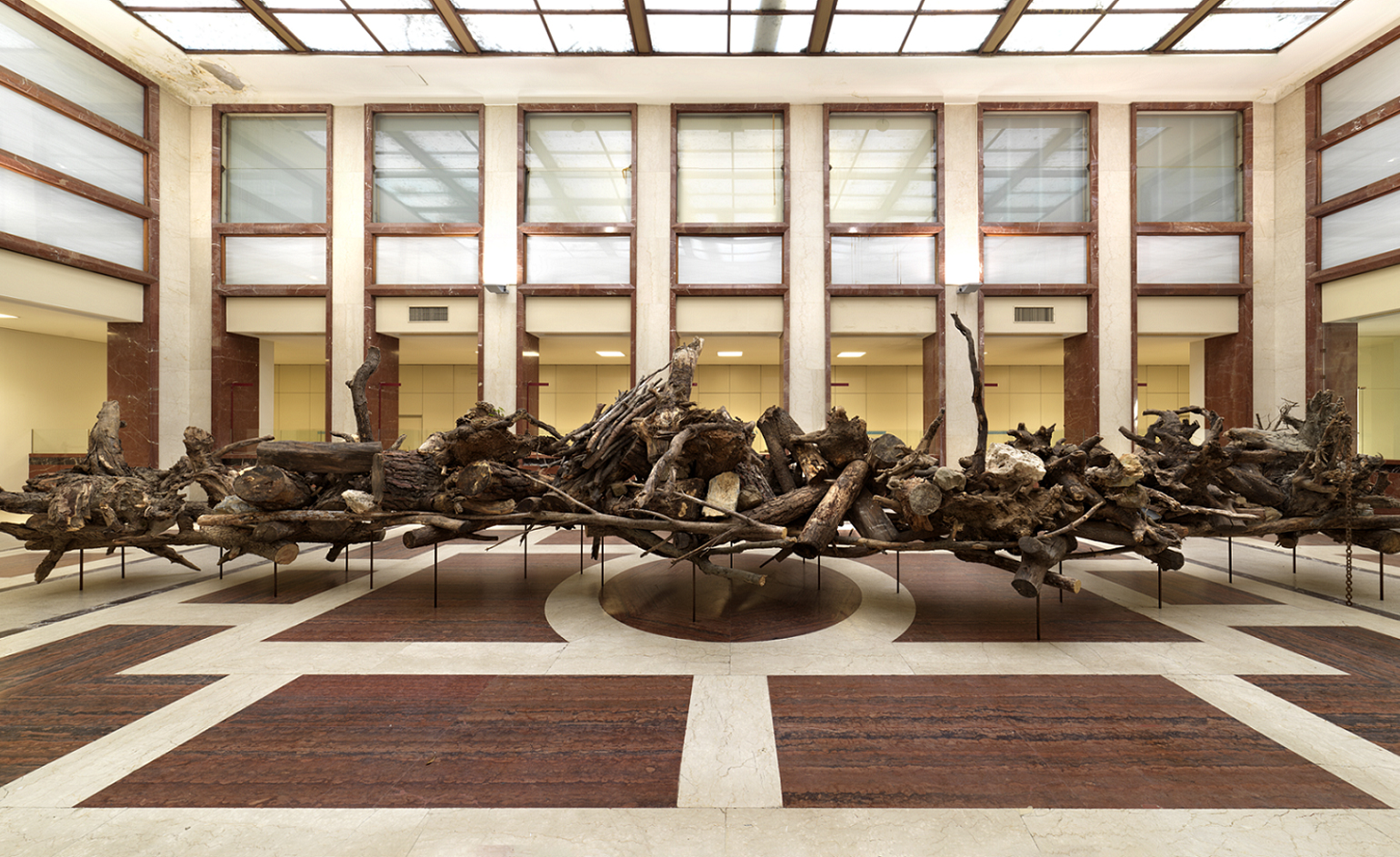
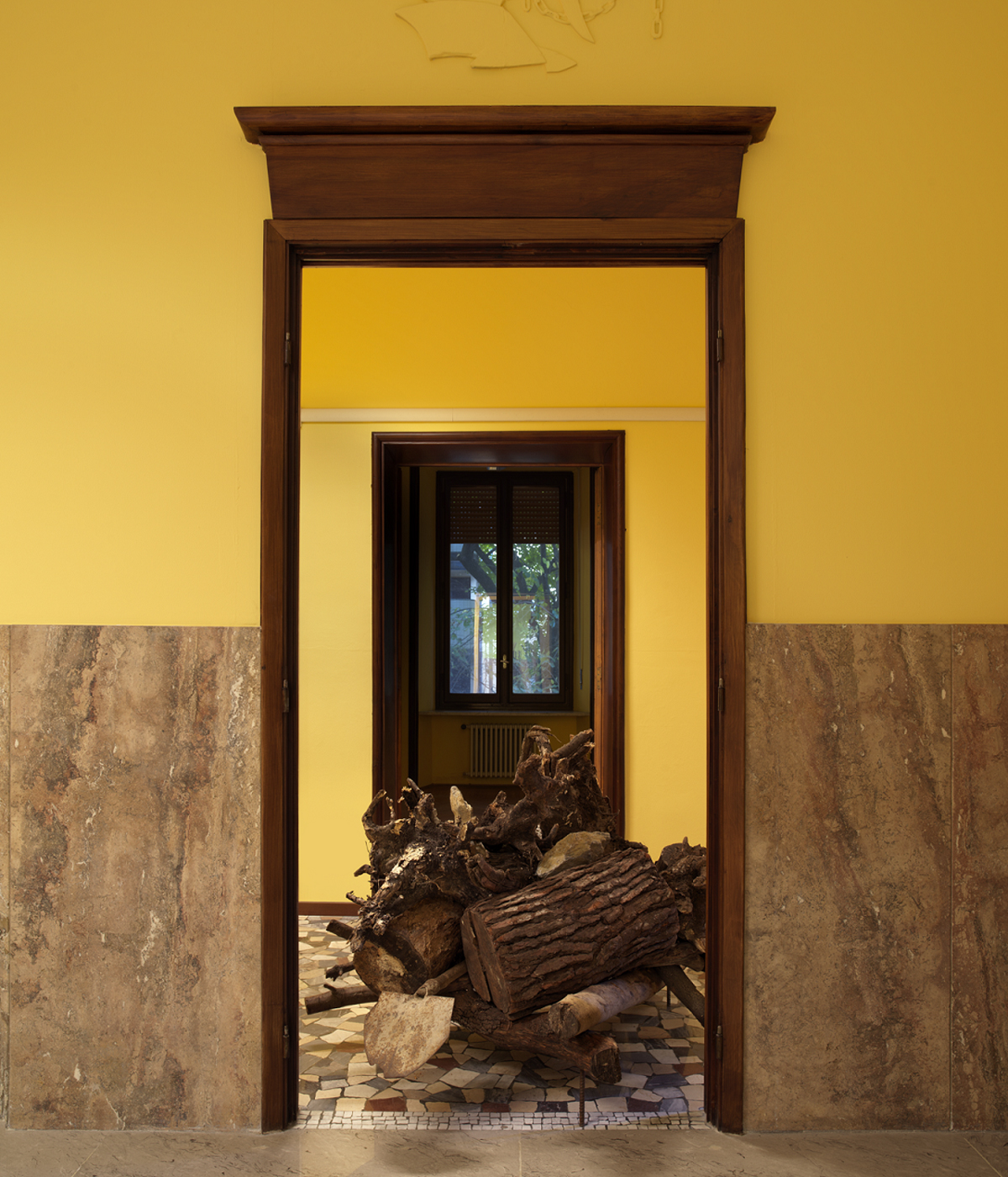
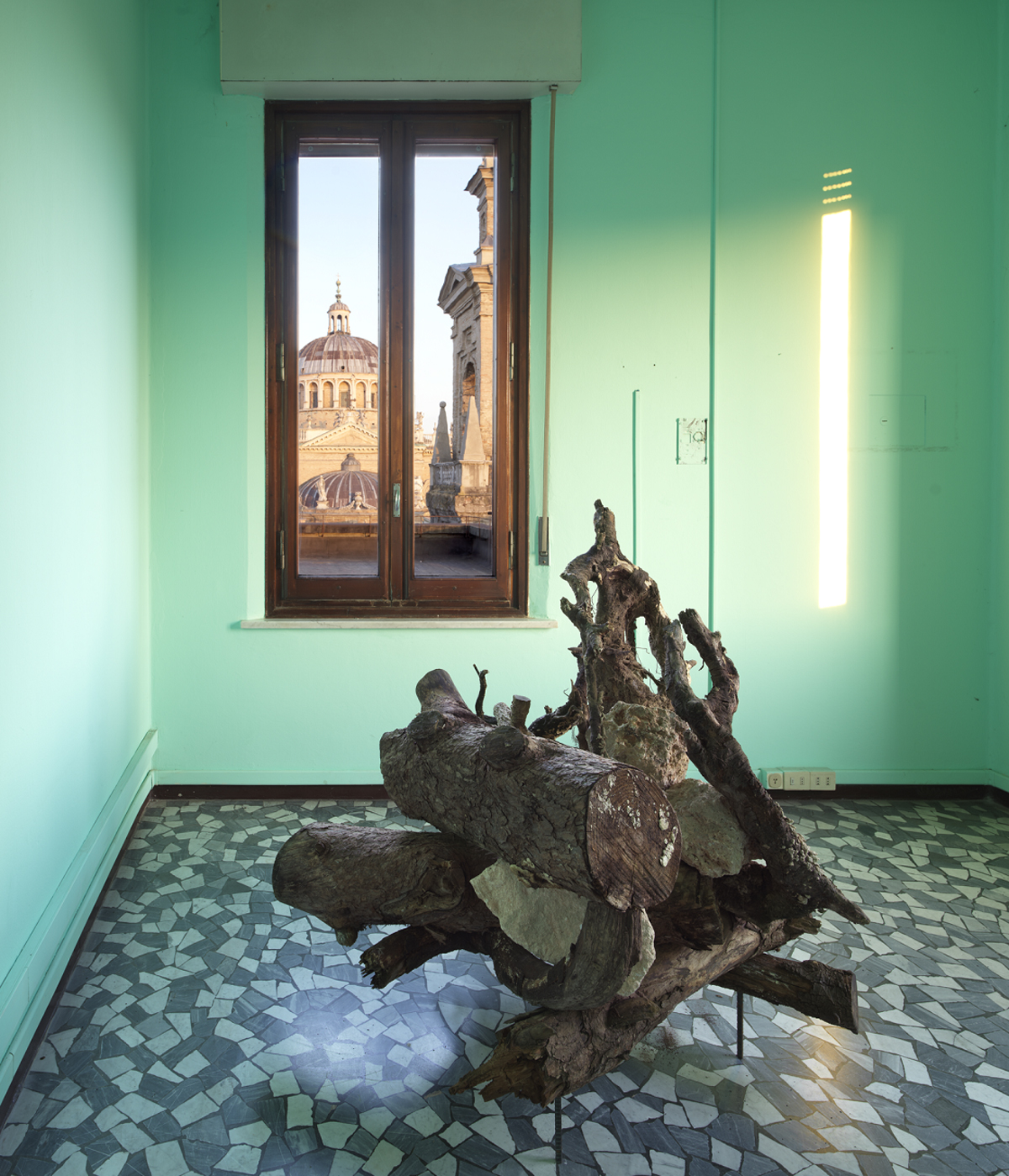
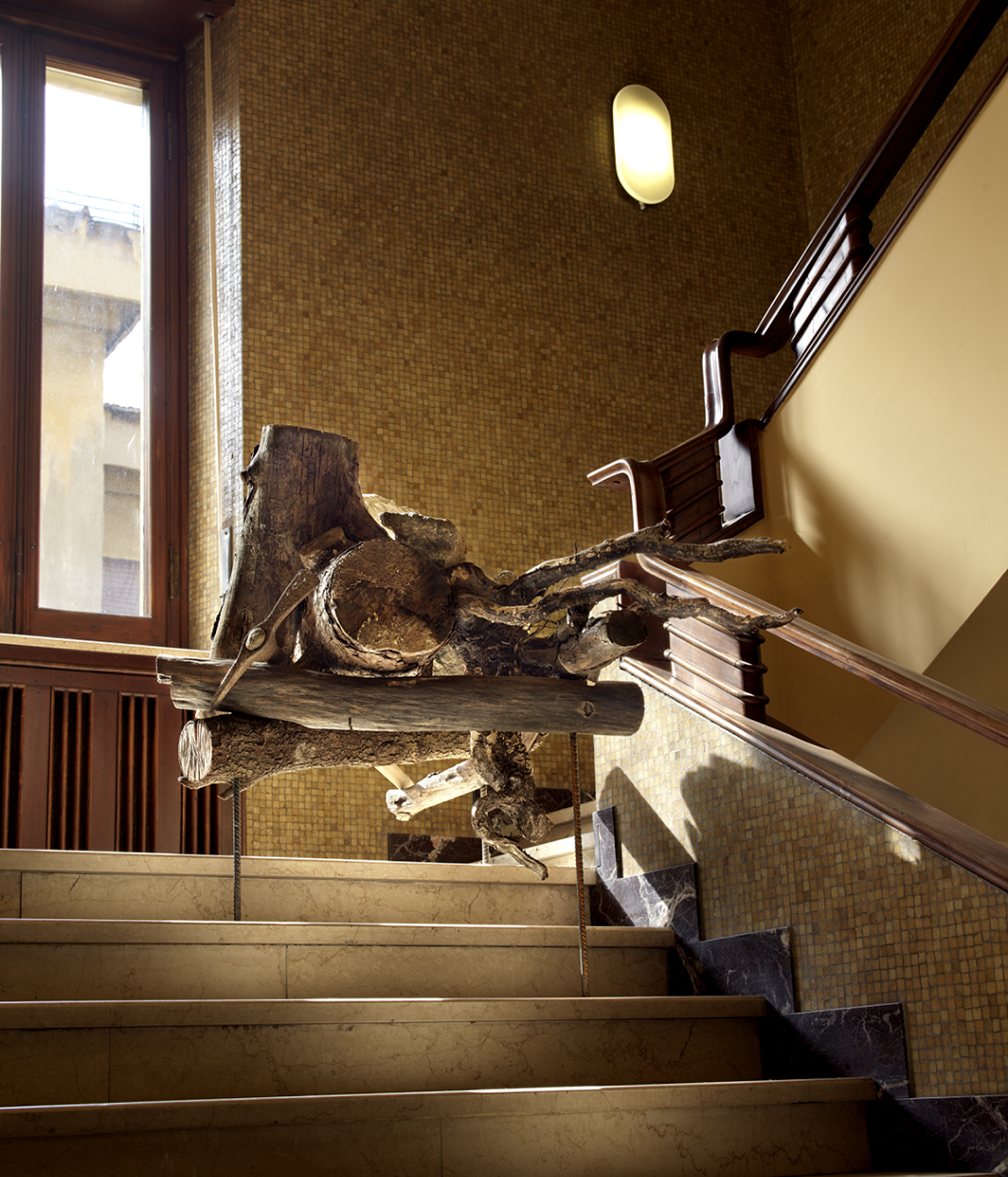
INFORMATION
Mike Nelson, ‘The House of the Farmer’, until 12 June 2022, Palazzo dell’Agricoltore. palazzodellagricoltore.it
Hannah Silver is the Art, Culture, Watches & Jewellery Editor of Wallpaper*. Since joining in 2019, she has overseen offbeat art trends and conducted in-depth profiles, as well as writing and commissioning extensively across the worlds of culture and luxury. She enjoys travelling, visiting artists' studios and viewing exhibitions around the world, and has interviewed artists and designers including Maggi Hambling, William Kentridge, Jonathan Anderson, Chantal Joffe, Lubaina Himid, Tilda Swinton and Mickalene Thomas.
-
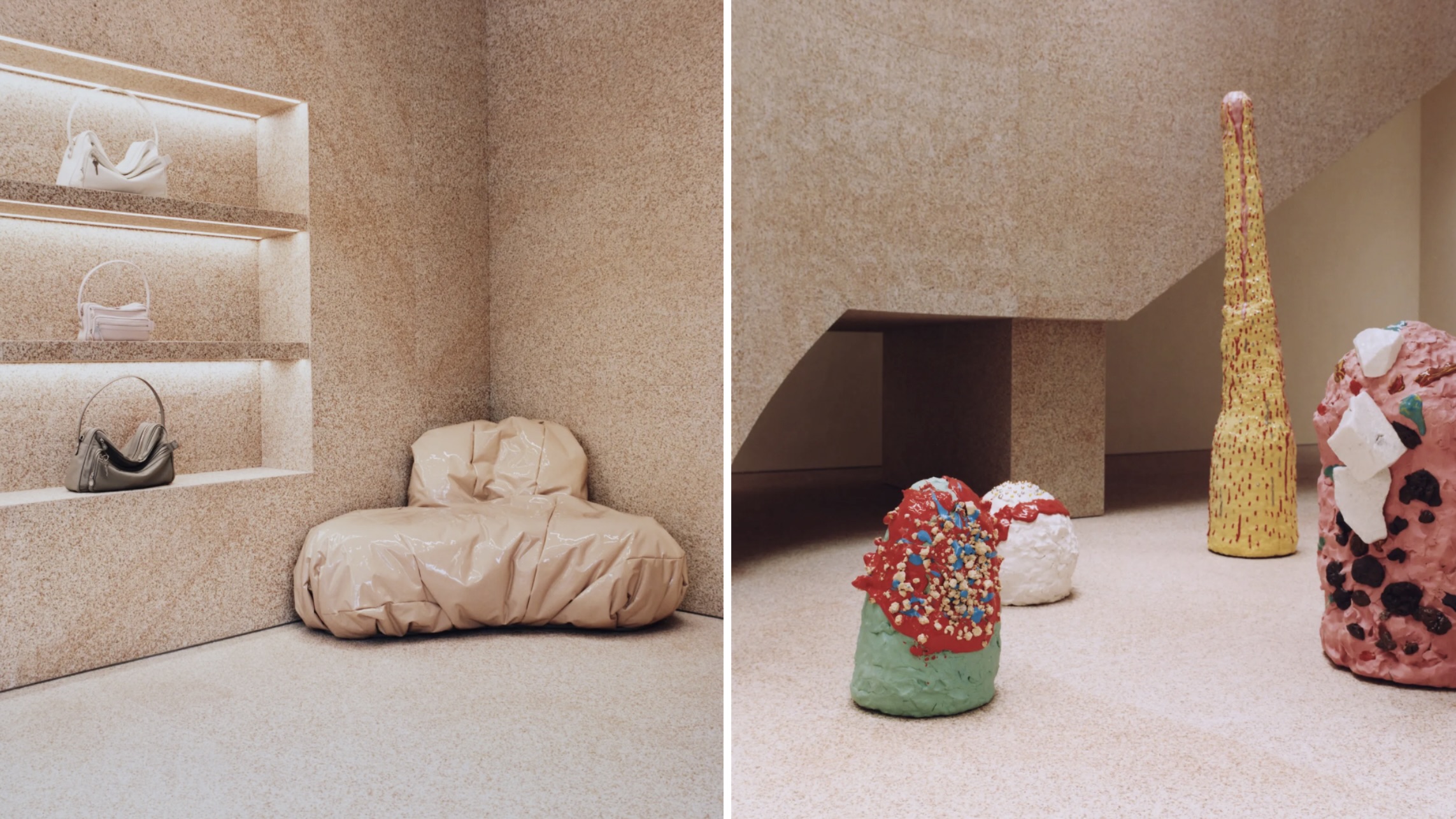 In 2025, fashion retail had a renaissance. Here’s our favourite store designs of the year
In 2025, fashion retail had a renaissance. Here’s our favourite store designs of the year2025 was the year that fashion stores ceased to be just about fashion. Through a series of meticulously designed – and innovative – boutiques, brands invited customers to immerse themselves in their aesthetic worlds. Here are some of the best
-
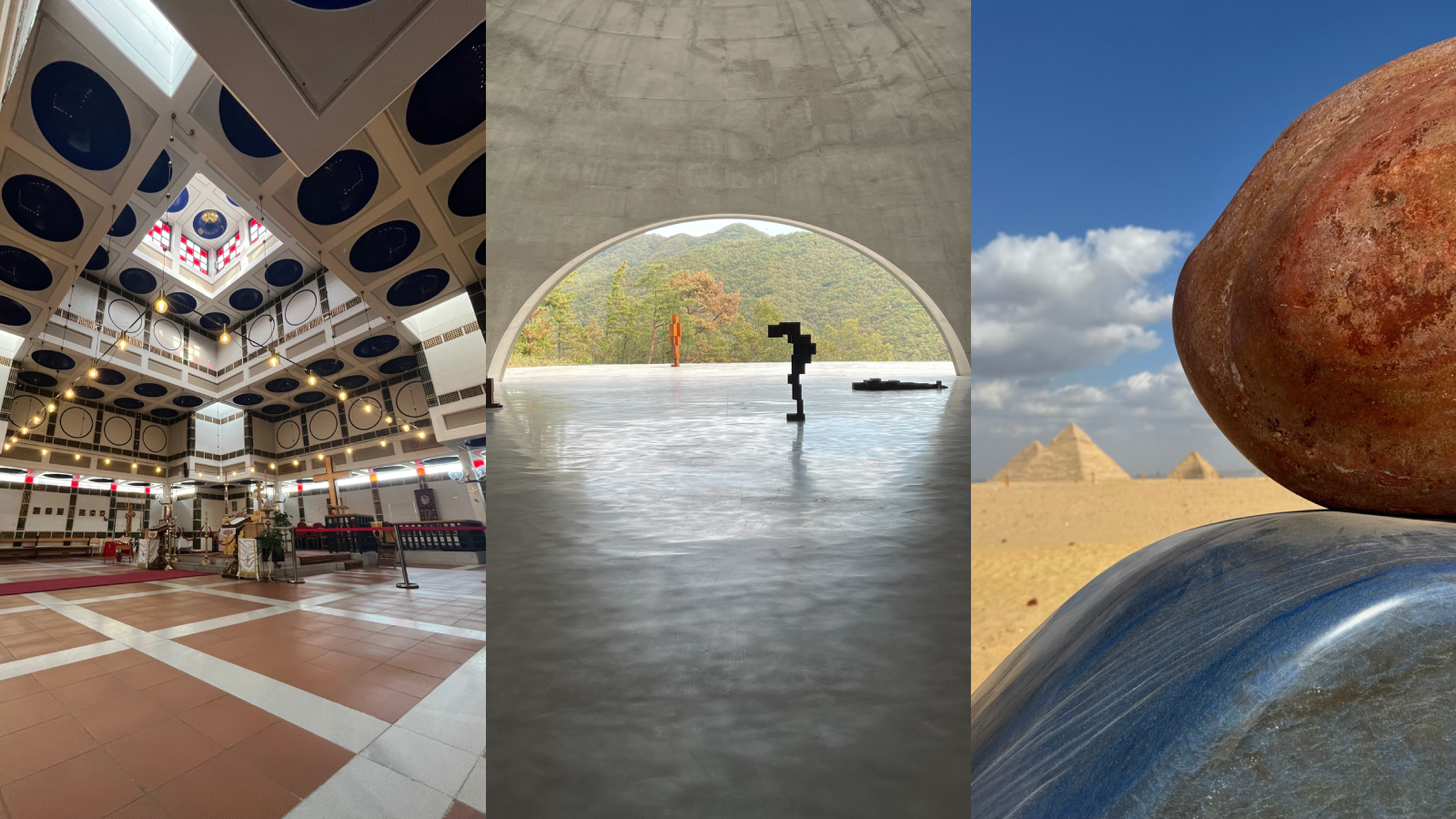 The Wallpaper* team’s travel highlights of the year
The Wallpaper* team’s travel highlights of the yearA year of travel distilled. Discover the destinations that inspired our editors on and off assignment
-
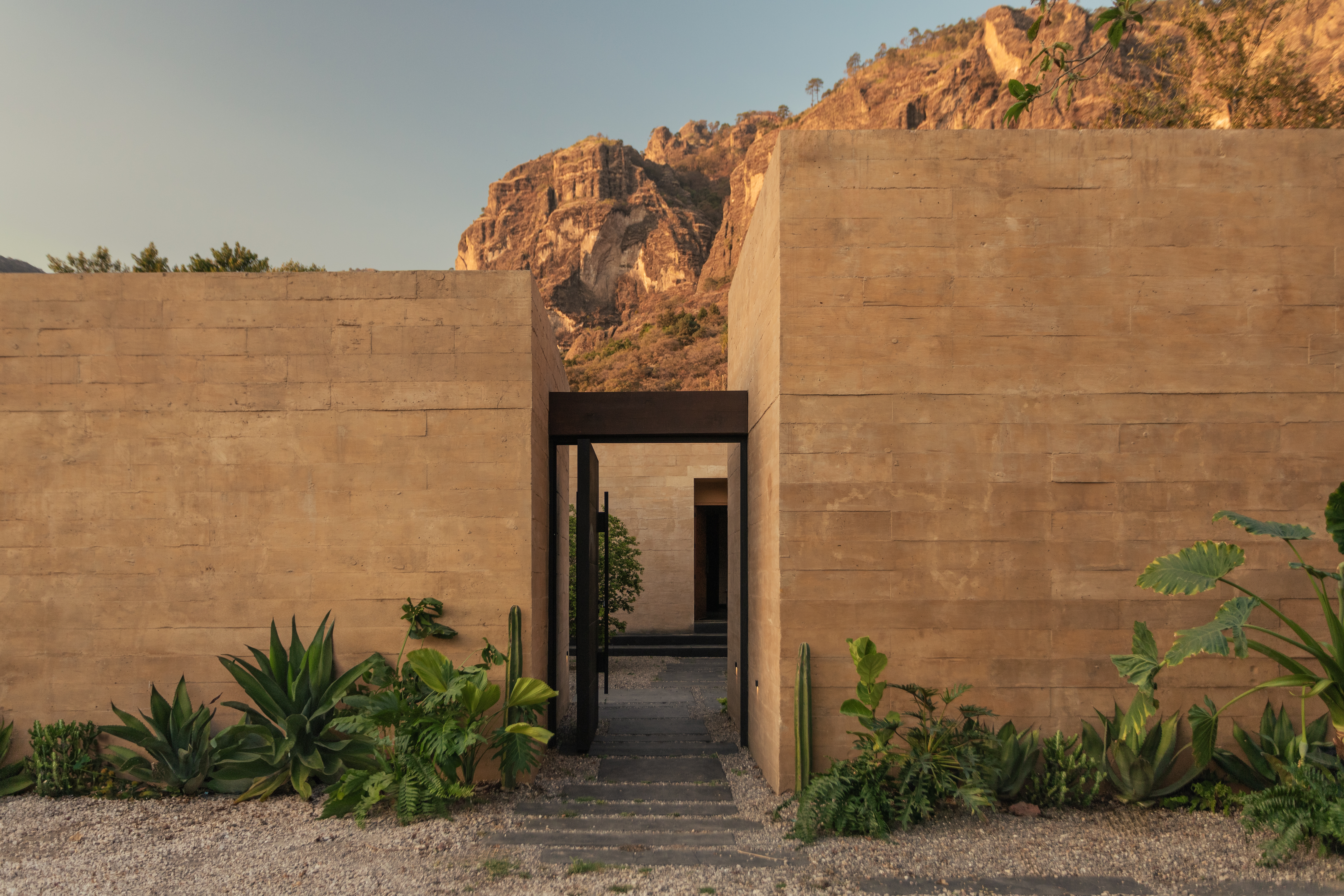 The architecture of Mexico's RA! draws on cinematic qualities and emotion
The architecture of Mexico's RA! draws on cinematic qualities and emotionRA! was founded by Cristóbal Ramírez de Aguilar, Pedro Ramírez de Aguilar and Santiago Sierra, as a multifaceted architecture practice in Mexico City, mixing a cross-disciplinary approach and a constant exchange of ideas
-
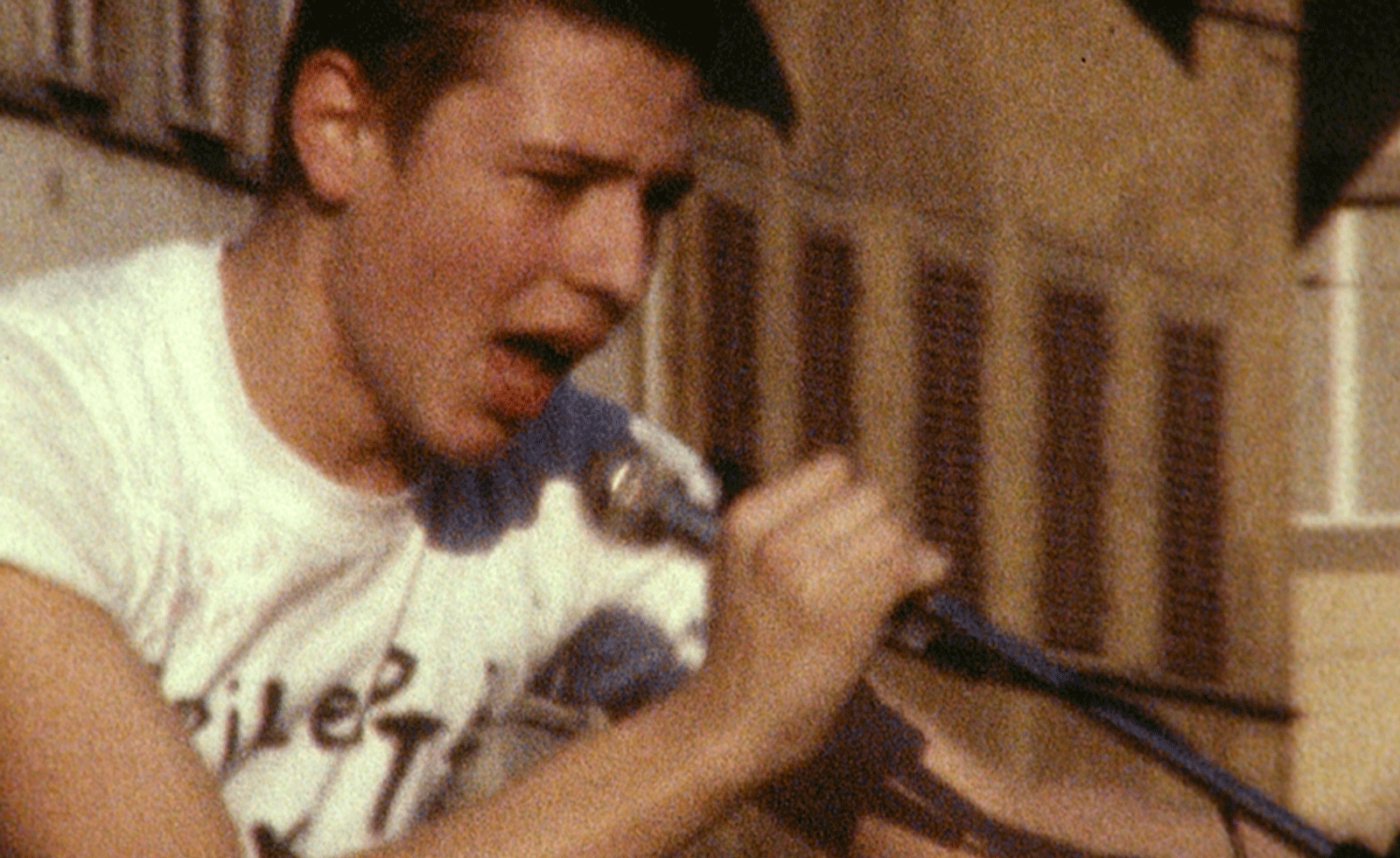 A forgotten history of Italian artists affected by the HIV-AIDS crisis goes on show in Tuscany
A forgotten history of Italian artists affected by the HIV-AIDS crisis goes on show in Tuscany‘Vivono: Art and Feelings, HIV-AIDS in Italy. 1982-1996’, at Centro per l'Arte Contemporanea Luigi Pecci in Prato delves into the conversation around the crisis
-
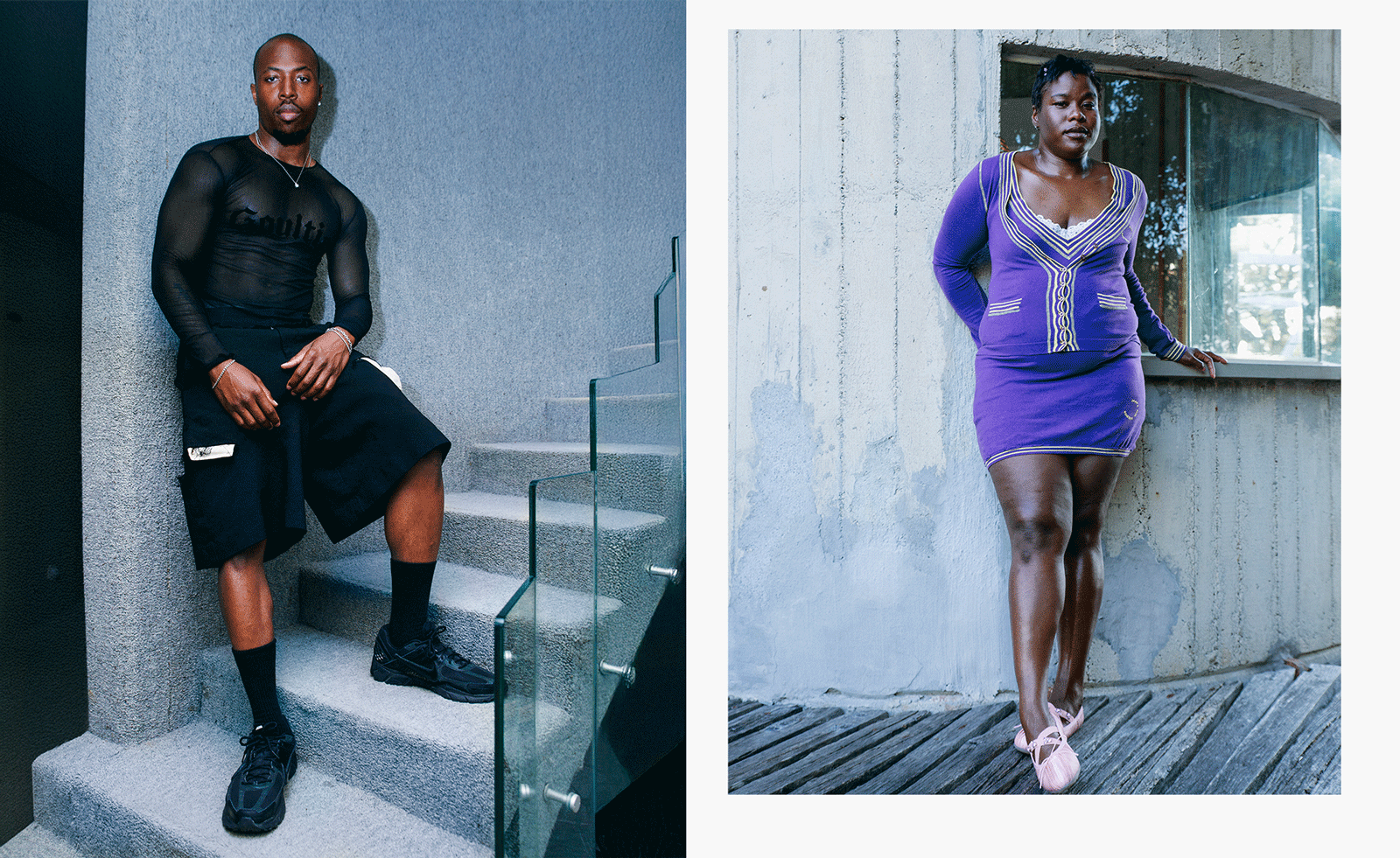 Creativity and rest reign at this Tuscan residence for Black queer artists
Creativity and rest reign at this Tuscan residence for Black queer artistsMQBMBQ residency founder Jordan Anderson sparks creativity at his annual Tuscan artist residency. Wallpaper* meets him to hear about this year's focus.
-
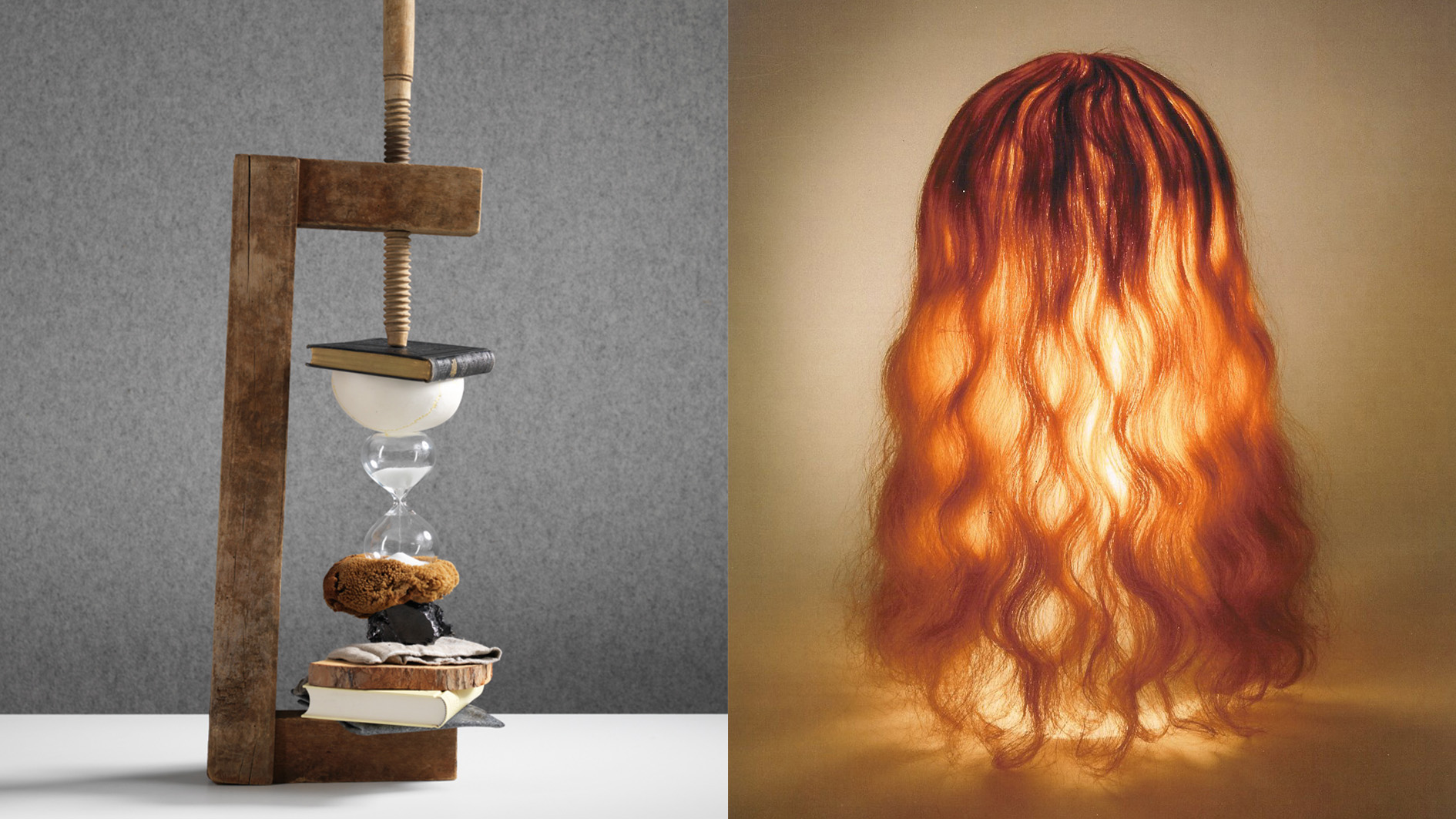 Rolf Sachs’ largest exhibition to date, ‘Be-rühren’, is a playful study of touch
Rolf Sachs’ largest exhibition to date, ‘Be-rühren’, is a playful study of touchA collection of over 150 of Rolf Sachs’ works speaks to his preoccupation with transforming everyday objects to create art that is sensory – both emotionally and physically
-
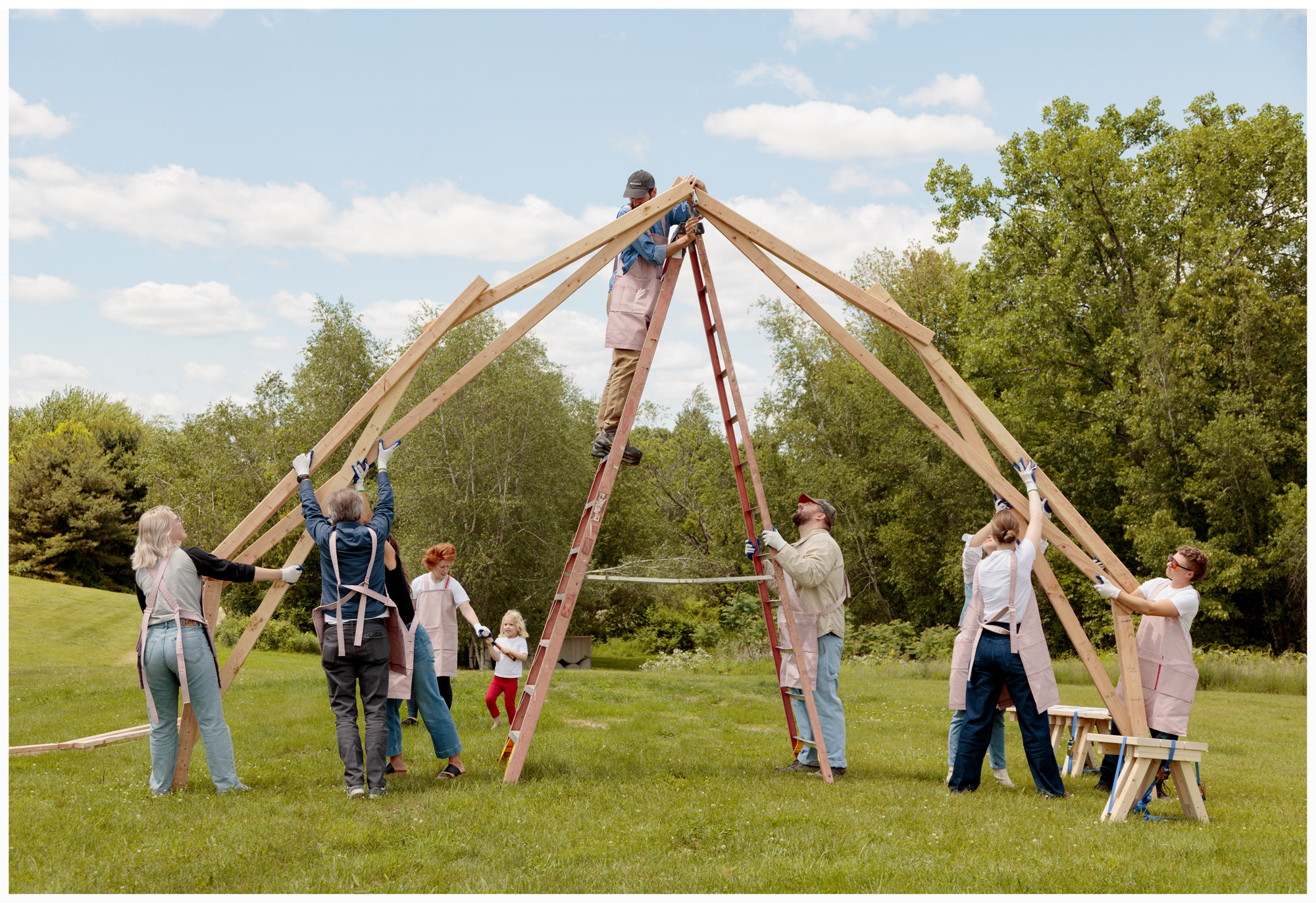 Architect Erin Besler is reframing the American tradition of barn raising
Architect Erin Besler is reframing the American tradition of barn raisingAt Art Omi sculpture and architecture park, NY, Besler turns barn raising into an inclusive project that challenges conventional notions of architecture
-
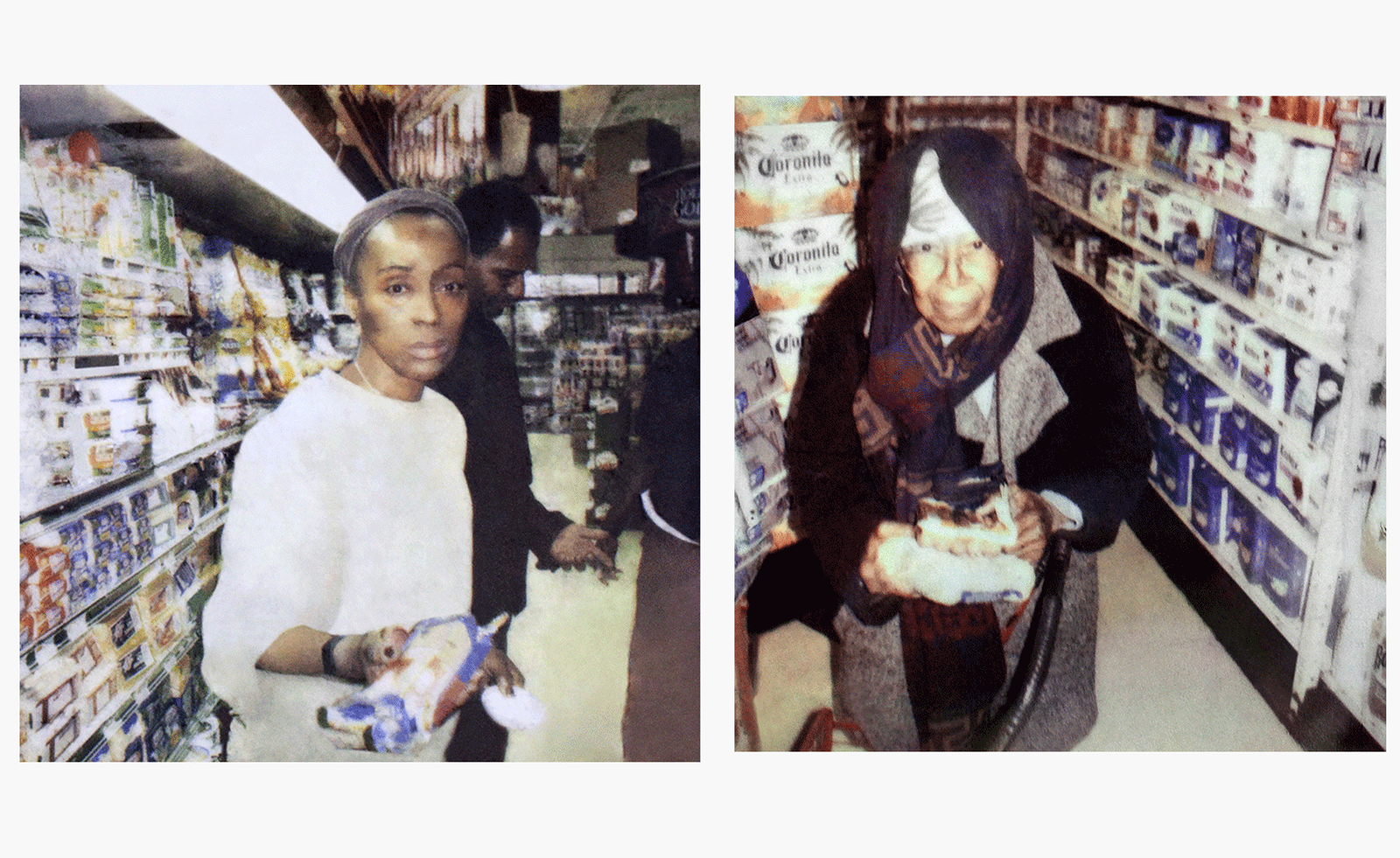 Photographer Mohamed Bourouissa reflects on society, community and the marginalised at MAST
Photographer Mohamed Bourouissa reflects on society, community and the marginalised at MASTMohamed Bourouissa unites his work from the last two decades at Bologna’s Fondazione MAST
-
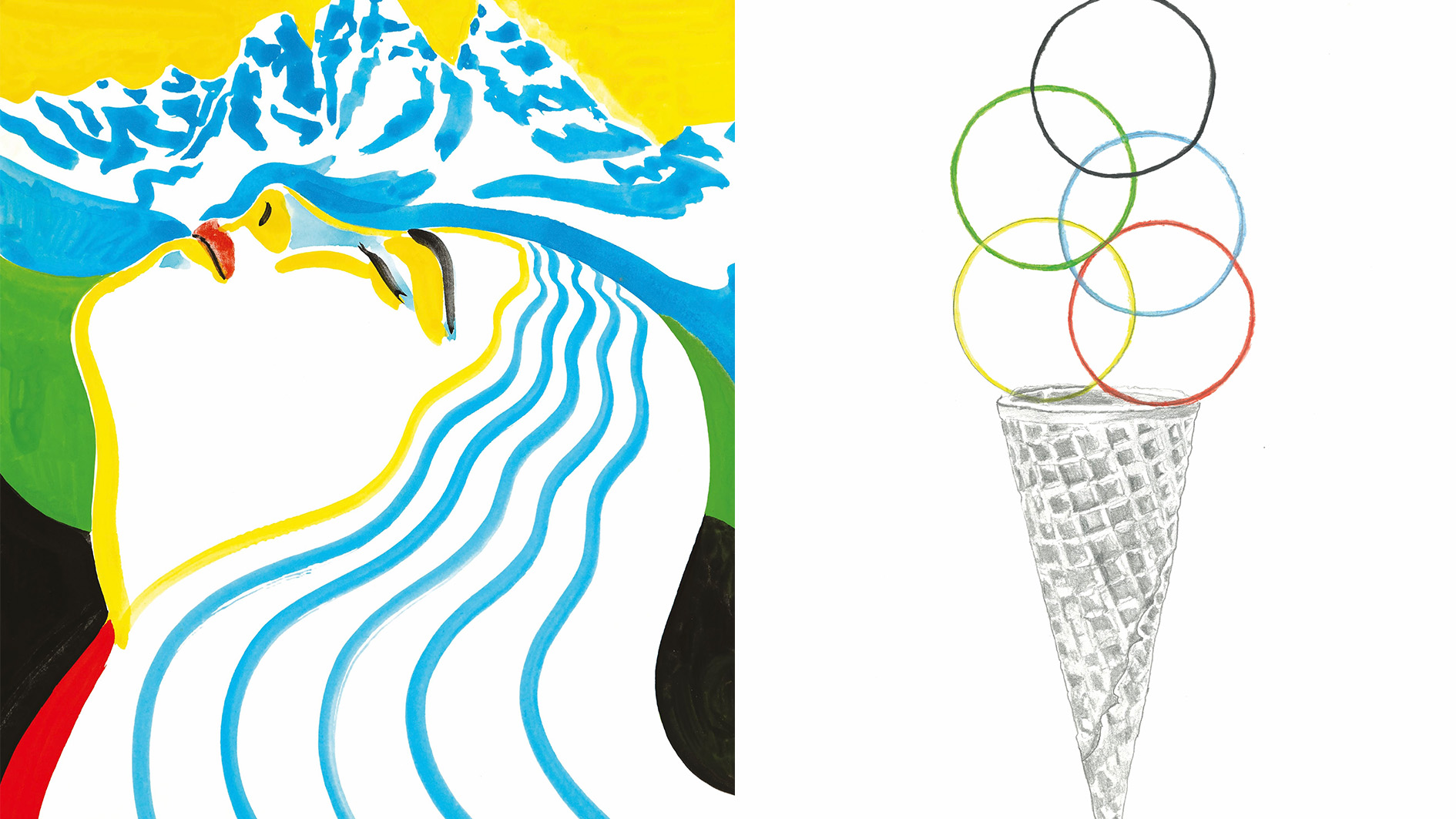 Ten super-cool posters for the Winter Olympics and Paralympics have just been unveiled
Ten super-cool posters for the Winter Olympics and Paralympics have just been unveiledThe Olympic committees asked ten young artists for their creative take on the 2026 Milano Cortina Games
-
 What is recycling good for, asks Mika Rottenberg at Hauser & Wirth Menorca
What is recycling good for, asks Mika Rottenberg at Hauser & Wirth MenorcaUS-based artist Mika Rottenberg rethinks the possibilities of rubbish in a colourful exhibition, spanning films, drawings and eerily anthropomorphic lamps
-
 San Francisco’s controversial monument, the Vaillancourt Fountain, could be facing demolition
San Francisco’s controversial monument, the Vaillancourt Fountain, could be facing demolitionThe brutalist fountain is conspicuously absent from renders showing a redeveloped Embarcadero Plaza and people are unhappy about it, including the structure’s 95-year-old designer